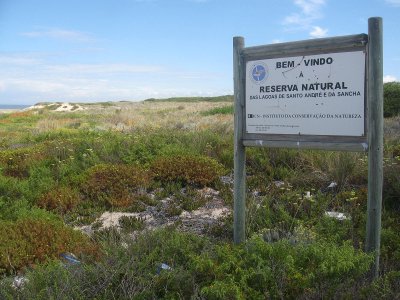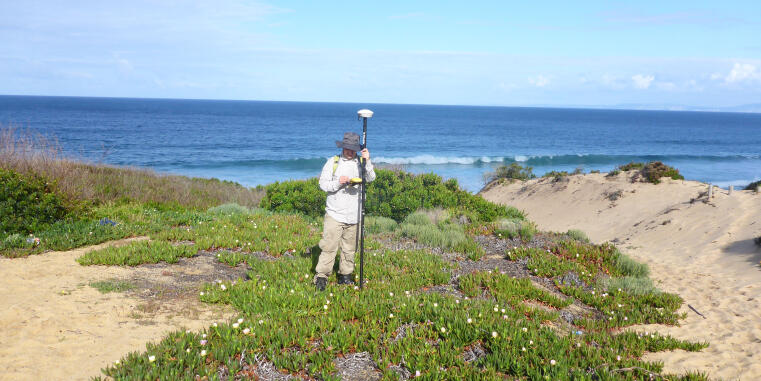
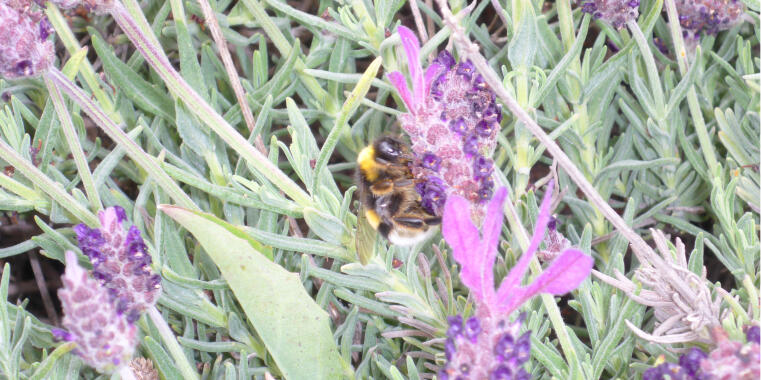
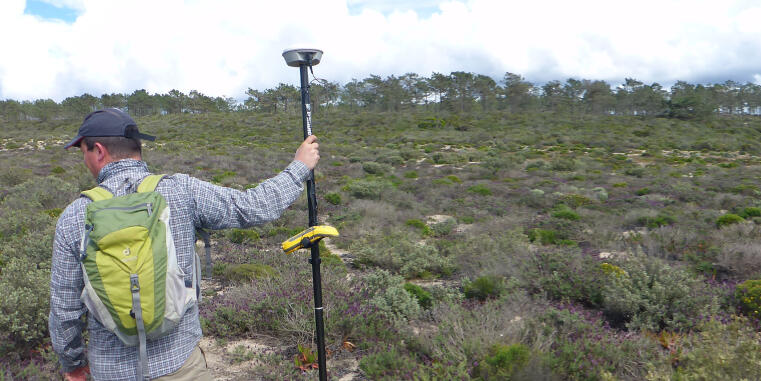
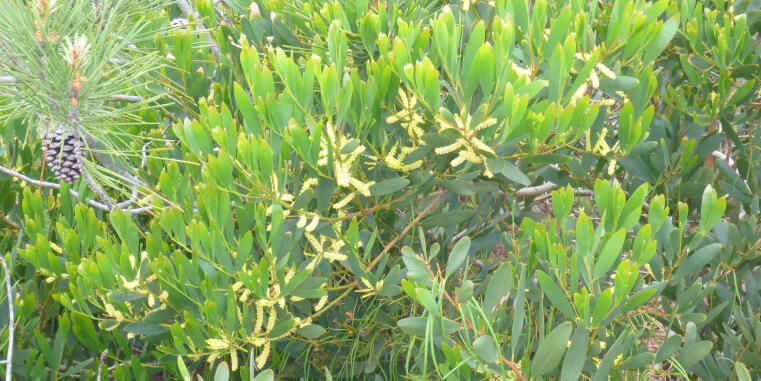
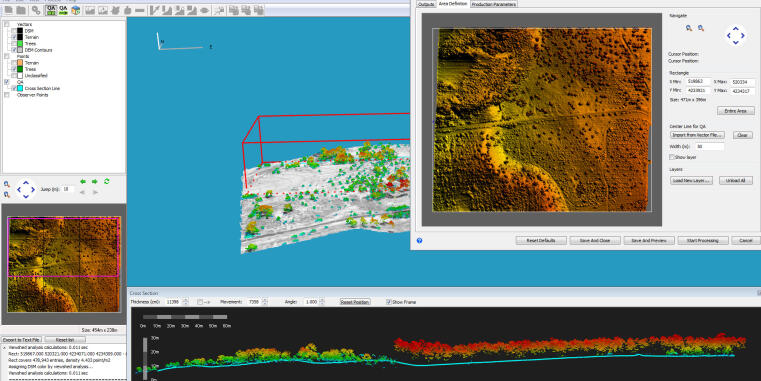
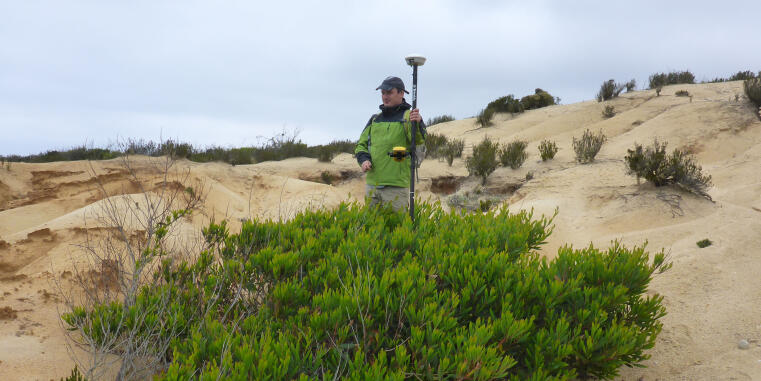
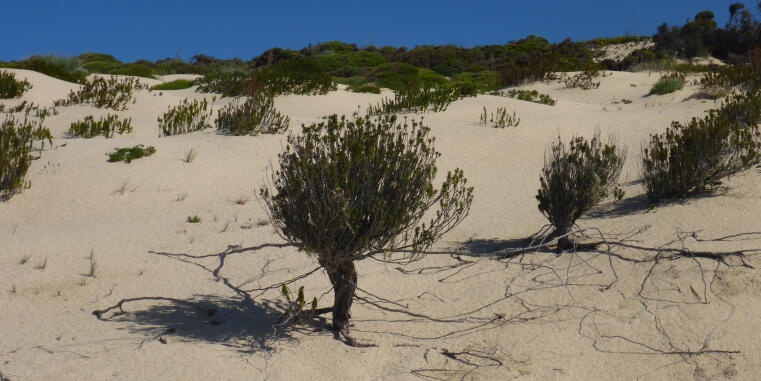







Exotic invasive species represent a major threat to earths biodiversity, since they substantially alter biogeochemical cycles of ecosystems with large impacts on ecosystem functioning. However, to date, explicitly quantifying such impacts remains challenging. One reason is the lack of adequate methodology to capture the spatial dimension of ecosystem changes associated with biological invasion. Conventional ecophysiological approaches are largely restricted to comparing neighbouring plant individuals and tend to neglect the spatial dimension. Landscape ecology, although operating on larger spatial scales, is typically limited to measurements of patterns and processes above the organism level, such as species distribution and propagation speed. The central aim of this project is to link ecophysiology with landscape ecology, thus moving towards an integrated understanding of the spatial aspect of plant invasions, enabling the quantification of exotic species impacts across spatial scales. A highly suitable technology to address this purpose is hyperspectral remote sensing, which allows for quantifying alterations in native species biochemistry on the leaf level using spectral measurements while allowing to scale up to the landscape level using aerial images. Utilizing the case study of the N2-fixing leguminous tree Acacia longifolia, a problematic invader in coastal regions of Portugal and many ecosystems worldwide, we will develop new methodology for quantifying changes in ecosystem functioning after plant invasion from the leaf to the landscape scale.
Funding is provided by the German Science Foundation DFG. Project number: 233885761
